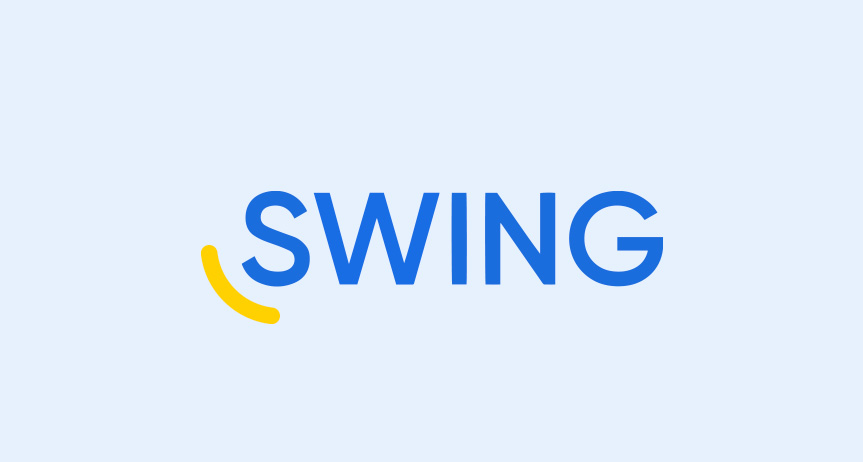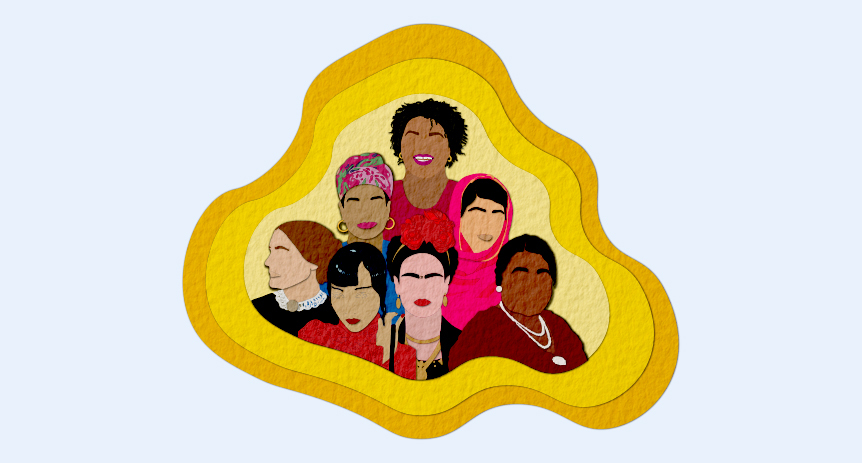Once you’ve discovered that substitute teaching in California can be a rewarding opportunity, you may have turned your attention to the CBEST, or California Basic Educational Skills Test.
Successfully passing the CBEST will fulfill California’s basic skills requirement and get you on your way to making a difference for students.
If it’s been a while since you’ve studied for and taken an academic test, don’t fret! This guide goes over a few details that make taking the CBEST completely manageable.
A few things to keep in mind:
- The CBEST is meant to test your knowledge in the three subjects, not your ability to teach them.
- You do not have to pass all three sections in one sitting — you can use each four-hour session to complete one, two, or all three of the sections.
- You can take the test as many times as you need to pass.
- Always answer all questions. You aren’t penalized for wrong answers.
- You can receive alternative testing arrangements if you are a nursing mother or have a disability. Visit this site for more information.
Ultimately, while you certainly don’t want to shrug off the CBEST as “no big deal,” there’s no need to be intimidated.
Already a certified substitute teacher? Sign up to start subbing with Swing today!
What is the CBEST?
The CBEST was created by the California Commission on Teacher Credentialing to ensure that prospective teachers have the reading, writing, and math skills the CTC considers fundamental for educators in California.
The CBEST is made up of three sections:
- Mathematics: 50 multiple-choice questions (mostly word problems)
- Reading: 50 multiple-choice questions (comprehension of written passages, tables, and graphs)
- Writing: 2 essays (demonstrate your ability to write effectively)
To pass the CBEST, you must earn a total score of 123 across all three sections. Each section is scored between 20-80. A “passing” score in each section is 41, though you may score as low as 37 on a section as long as the combined total of all three sections still reaches 123 or higher.
Who Should Take the CBEST?
If you’re looking to start substitute teaching in California, the CBEST is a great way to complete the basic skills requirement needed to obtain the emergency 30-day substitute teaching permit.
- If you are or have been taking college credit courses pursuant to a career in education (or if you have a bachelor’s degree in any subject), you are eligible to take the CBEST.
- The CBEST is administered in English and responses must be in English.
How to Register
- Go to http://www.ctcexams.nesinc.com/Home.aspx
- Click on “Assessments”
- Click on “California Basic Educational Skills Test (CBEST)”
- Click on “Reading, Mathematics, and Writing”
- Click on “Register for CBEST”
- You will be asked to create an account if you haven’t already.
- You can register for either a computer-based test or a paper-based test.
CBEST Locations, Dates, and Fees*
Computer-based testing
There are many locations across California that offer computer-based testing. Visit this website and select “find a test center” to search for a testing site near you.
Computer-based testing gives you the most flexibility, as it’s available by appointment Monday-Saturday year-round. Visit this website to learn more about scheduling.
Preliminary test results for the math and reading sections are provided at the conclusion of testing. Official test results are available within two weeks of testing.
There is a $41 test fee per registration and $61 service fee, totaling $102.*
Paper-based testing
There are approximately 20 locations in California that offer paper-based testing. Click here and scroll to “locations” to view the list.
Paper-based testing is available on a limited number of pre-determined dates throughout the year, typically every other month. Click here and scroll to “dates” for an updated list.
Results are available within three weeks of testing.
There is a $41 test fee per registration.*
How to Prepare
If it’s been a while since you’ve prepared for a standardized test, remember: Everyone has their own effective methods for study.
If you are a tactile learner who connects best with materials you can hold in your hands (and take with you on the go), consider purchasing one of these top-rated books:
- Cracking the CBEST (Princeton Review)
- CliffNotes CBEST (Jerry BoBrow)
- CBEST Test Preparation Study Questions (Test Prep Books)
If you prefer being on the computer, the CTC website offers interactive practice tests that you can take right online OR download as PDFs.
Regardless of your method, the single most important way to prepare is to take at least one practice test. This will allow you to get comfortable with the format and learn areas you need to work on. Your mind will be fresh on the test-taking strategies that are useful for you, such as answering all the multiple choice questions that come easier to you first, then circling back for the more challenging ones.
Math Prep
The math section of the CBEST consists of 50 multiple-choice questions, most of which are in the form of word problems. The mathematical concepts the CBEST focuses on are elementary- through high-school-level arithmetic, algebra, measurement, and geometry.
So, for example, in addition to arithmetic (addition, subtraction, multiplication, and division), it will be helpful to review concepts like:
- Solving for x
- Perimeter/Area/Volume
- Percentages
- Averages
- Estimates
- Decimals
- Integers
- Fractions
Click here for a sample math test, with correct answers provided at the end.
(Calculators are not allowed during the test, but don’t fear: Most of the problems don’t require complex calculation. Scratch paper and pencils will be provided… and we encourage you to use them!)
Reading Prep
Like the math section, the reading section consists of 50 multiple-choice questions.
Even if you are a fervent reader, remember: Reading for pleasure is different than reading for a standardized test. Keep in mind that questions will focus on academic skills such as comprehension, evaluation, and critical analysis.
Click here for a sample reading test, with correct answers provided at the end.
Writing Prep
During the writing section of the CBEST, you get a break from the multiple-choice questions in the form of two essay questions. You get 30 minutes to write each essay, so your ability to organize and articulate your thoughts quickly will be tested.
The variation between the two types of essay questions means you will likely feel more comfortable with one over the other.
- One question asks you to give your opinion on a provided statement or situation.
- One question asks you to recount a narrative of a personal situation.
Answers are evaluated by California and Oregon educators, who are looking at the following:
- Organization
- Support and development
- Rhetorical skills
- Structure
- Adherence to English language conventions
Click here for a sample writing test, with sample responses provided at the end.
What to Expect on Testing Day
- Arrive with plenty of time for parking, sign-in, and to secure your belongings so that you aren’t rushed.
- Bring a government-issued ID that includes your registered name, photo, and signature.
- Scratch paper and writing tools are provided. You will not be allowed to bring food, drinks, pens, pencils, paper, calculators, cell phones, or books into the testing room. You will be given a locker in which you may store your personal belongings.
- Bring and/or wear layers to make sure you are comfortable.
- Plan to be at the testing site for 4.5 hours, especially if you are taking all three sections of the test at once.
All of us at Swing Education wish you the best during testing day. We support our substitute teachers every step of the way. Sign up to start subbing with Swing today!




